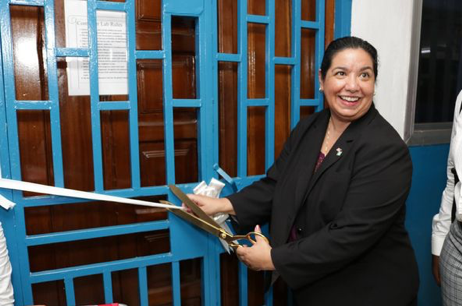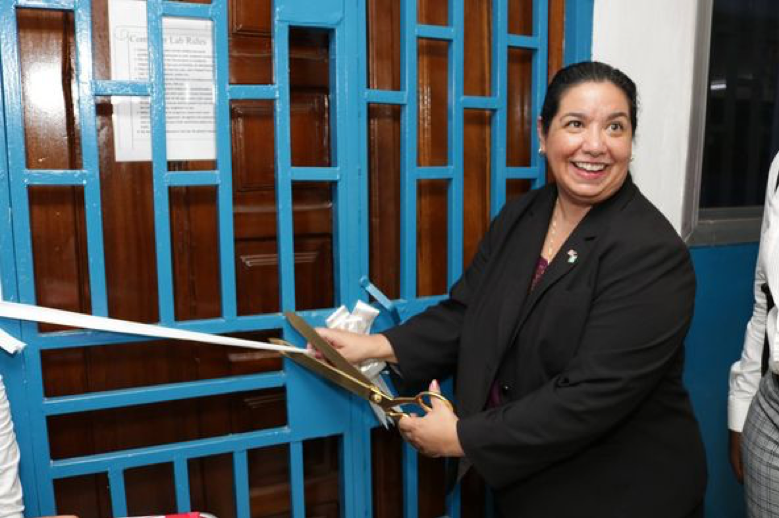
OP-ED — Ending the HIV/AIDS Epidemic: Resilience and Impact
Ambassador Maria Brewer
The United States joins Sierra Leone in observing World AIDS Day 2020 on December 1st. Annually on this date since 1988, we pause to remember those lost to HIV/AIDS, to reflect upon our global journey towards ending the HIV/AIDS epidemic, and to renew our shared commitment to an AIDS-free future.
Through the U.S. President’s Emergency Plan for AIDS Relief (PEPFAR), the United States has saved more than 18 million lives worldwide and prevented millions of HIV infections. Working together with our partners in 54 countries, including Sierra Leone, which is the U.S. latest partner PEPFAR country, we have moved the HIV/AIDS pandemic from crisis towards control – community by community, country by country.
In Sierra Leone, an estimated 1.6% of the population – approximately 78,000 people – lives with HIV. Seventeen years ago when PEPFAR began, HIV was a death sentence in many parts of the world. Now, for the first time in modern history, we have the opportunity to control a pandemic without a vaccine or a cure. But to go forward, we must go together. Partnerships are the cornerstone of PEPFAR’s success, and we need all sectors and diverse partners working together to achieve our collective goals.
These goals include increased impact and enhanced resilience for all. As there is no vaccine or cure, epidemic control is needed to stop the spread of HIV/AIDS. PEPFAR is dedicated to ensuring that all ages, genders, and at-risk populations know their HIV status, receive life-saving HIV prevention and treatment services, and are virally suppressed if they are living with HIV. More specifically, epidemic control is achieved when 95% of people living with HIV know their status, 95% of these HIV positive people are on continuous treatment, and 95% of those on treatment achieve viral suppression, meaning that the virus is not replicating and thus cannot spread to others. Known as the HIV treatment cascade, this approach emphasizes a comprehensive response to HIV/AIDS that promotes sustainable results.

Strengthening the HIV treatment cascade is critical to achieving widespread impact, so we are innovating at the community level to reach populations that are often being left behind, including young women, younger men, and other key populations. And we are working closely with local partners to realize a future where HIV is a manageable chronic disease, and where new infections are rare. For example, PEPFAR is supporting interventions in Sierra Leone for people living with HIV, specifically in key high-risk populations, by focusing on health facilities in high-burden districts in Western Area, Port Loko and Kambia, areas which account for the majority of HIV treatment in the country.
PEPFAR’s life-saving work is made possible through the U.S. Government’s unwavering commitment to the program and the American people’s compassion and generosity. Thanks to the leadership of the U.S. Government, PEPFAR’s investments have also strengthened the systems that drive effective, efficient, resilient, and sustainable health care. These efforts have helped make the world a more secure place by better equipping partner countries to confront HIV and other health challenges, even in times of adversity.



